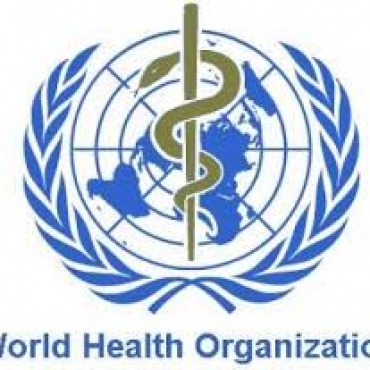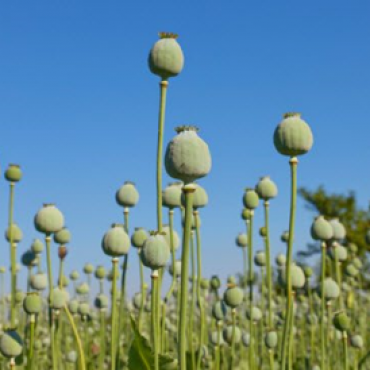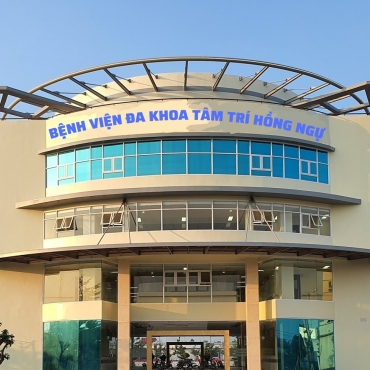- Healthcare
- Phan Chau Trinh University Hospital
- Phan Chau Trinh University Polyclinic
- TAM TRI QUANG NAM GENERAL HOSPITAL
- Tam Tri Hong Ngu International Hospital
- Tam Tri Cao Lanh General Hospital
- Tam Tri Đong Thap General Hospital
- Tam Tri Nha Trang General Hospital
- Tam Tri Sai Gon General Hospital
- Tam Tri Đa Nang General Hospital
Contact Admission
Mind map is what?
Mindmap (Mindmap) is a method devised as a powerful means to utilize the ability of image recognition of the brain. This is a way to memorize details, to synthesize, or to analyze a problem into a form of a branching schema. Unlike computers, in addition to the ability to memorize linear patterns (remember in a certain order such as the sequence of events appearing of a story), the brain is also capable of communicating and relating data. sue together. This approach exploits both of these brain abilities.
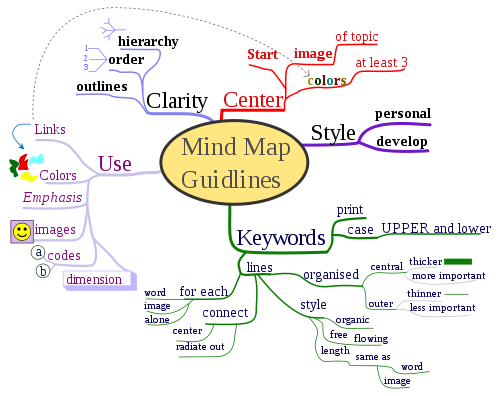
This method is probably known to many Vietnamese people, but it has never been systematized and thoroughly researched and officially disseminated in the country, but only used widely among students before the exam seasons. .
This is a technique for improving note-taking. Using schematic diagrams, the whole of the problem is shown in the form of a figure in which the objects are related by seams. That way, the data can be remembered and recognized more easily and quickly.
Instead of using text to describe a dimension that represents the entire detailed structure of an object with a two-dimensional image. It shows the form of the object, the reciprocal relationship between the concepts (or ideas) involved and how to relate them to each other within of a major problem.
Effectiveness of Using Mind Maps
Mind mapping, dubbed "the universal tool for the brain", is an innovative note-taking method, currently used by more than 250 million people around the world, has been bringing about really rewarding results. amazing, especially in education and business. Mind mapping is an extremely effective way to take notes. Mind maps not only show information, but also the overall structure of a topic and how important the individual parts are to each other. It helps you to relate to ideas and make connections with other ideas.
Memory masters such as Eran Katz - Guinness record who is able to memorize 500 numbers in order after just one listening; Adam Khoo authored books on intellectual education such as "I'm good at you too", "Our children are all good.
Mind mapping guide
These are the ingredients that make up a mind map, although they can be freely edited.
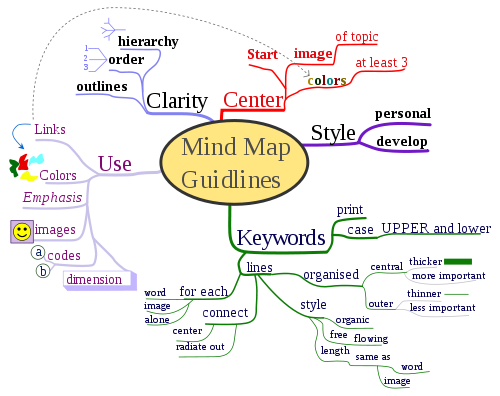
- Start in the center with a photo of the subject, using at least 3 colors.
Use images, symbols, codes, and arrows in your mind maps.
Select keywords and write them down in capital letters.
Each word / picture should stand alone and on its own line.
The lines need to be connected, starting from the center image. The seams from the center are thicker, systematic and begin to get thinner as they spread further away.
Long lines of words / pictures.
Use colors - your own passcode - throughout the map.
Promote your own personal style.
Use markers and pointers in your map.
Make the map clear by hierarchy of branches, using sequence numbers or outlines to cover the branches of the map.
Some note:
Your Mind Map is your own property: once you understand how to create your Mind Map notes, you can develop your own rules to make it better. The following suggestions can help you increase the effectiveness of it:
Use simple words to represent information: Most words in normal spelling are cramming, because they ensure that information is conveyed in the correct context and in an easy-to-read format. In your Mind Map, meaningful keywords can convey the same thought more clearly. Excess words just mess the map.
Print: The writing style that is stuck together or not clear will be more difficult to read.
Use color to separate different ideas: This will help you separate ideas as needed. It also helps you make maps more intuitive to recall. Color also helps with the arrangement of topics.
Use symbols and images: When a symbol or image means something to you, use them. Pictures can help you remember information more effectively than words.
Use cross linking: Information in one part of the map may be related to another. You can then draw lines to indicate the cross relevance. This will help you see how one part of your topic influences other sections.
DOWNLOAD THINKING Mapping SOFTWARE HERE
DIRECTION OF PEOPLE MAKING THINKING MAP
Other healthcare
- TAM TRI QUANG NAM GENERAL HOSPITAL ( 10:24 - 11/07/2023 )
- Tam Tri Cao Lanh General Hospital ( 15:08 - 20/10/2022 )
- Tam Tri Hong Ngu General Hospital ( 15:05 - 20/10/2022 )
- Phan Chau Trinh University Hospital ( 14:04 - 29/04/2022 )
- Phan Chau Trinh University Polyclinic ( 13:56 - 29/04/2022 )
- Tam Tri Dong Thap General Hospital ( 11:03 - 29/04/2022 )
- Tam Tri Nha Trang Genaral Hospital ( 10:55 - 29/04/2022 )
- Tam Tri Sai Gon Genaral Hospital ( 10:38 - 29/04/2022 )
- TAM TRI DA NANG -- PROUD TO BE YOUR FAVORITE HEALTHCARE PROVIDER ( 10:31 - 29/04/2022 )
- Development history of world medicine ( 11:44 - 13/10/2017 )



